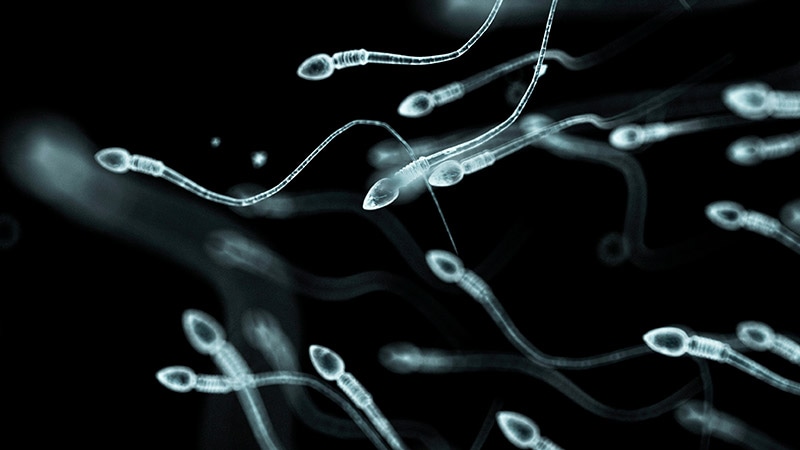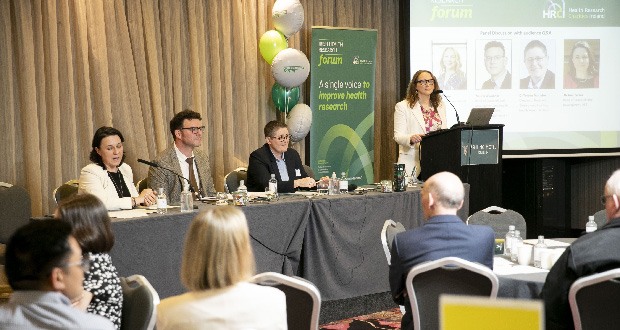In the first randomized controlled trial of prednisone for postvasectomy reversals, fertility researchers found that a high dose of the steroid reduced the rate of subsequent pregnancy.
“This is the first time it’s been shown that high doses [of prednisone] can make someone infertile,” said Landon Trost, MD, director of the Male Fertility and Peyronie’s Clinic in Orem, Utah, and a faculty member at Mayo Clinic, In Rochester, Minnesota, who presented the study (Abstract MP42-19) on May 4 at the 2024 annual meeting of the American Urological Association in San Antonio, Texas.
Trost called the findings “a real shock. I almost didn’t believe the data when I saw it. It opens up a whole new set of areas for research and exploration.”
Trost’s clinic performs 1200 reversals per year out of the estimated 20,000 performed annually in the United States, he said. He said his practice has stopped using high-dose prednisone as a result of the study, which he performed at his own expense to examine the varying protocols for vasectomy reversal.
William Berg, MD, director of the Stony Brook Urology Men’s Health Program, in Stony Brook, New York, said that the expected patency rate for modern postvasectomy reversals, if performed properly, can be as high as 98%. However, in some men, patency occurs initially, but the accumulation of scar tissue at the site of reversal causes sperm counts in ejaculate to drop to zero.

Since the 1970s, urologists — with limited research to back — the practice prescribed prednisone to patients with the goal of preventing scarring and blockages associated with vasectomy reversals. Berg called this practice “unsubstantiated” and noted that Trost’s study is the first prospective randomized controlled trial of this approach.
The study enrolled 75 men, with a mean age of roughly 38 years. The mean time since vasectomy was 6.6 years.
The low-dose arm (25 patients) received 5 mg of prednisone per week alternating with no treatment per week over 6 months. The high-dose arm (n = 14) received 20 mg of prednisone, tapered to 10 mg, 5 mg, and then off over 1 month, followed by every other month for 6 months. A prednisone-as-needed group (n = 11) received a tapered course of prednisone on the basis of whether they had decreasing or zero sperm counts. They received 20 mg for 5 days, 10 mg for 5 days, and 5 mg for 20 days.
A control arm (n = 25) received no prednisone.
Urologists typically use patency rates to measure success of vasectomy reversals. The patency rates at 12 months in Trost’s study were 100% in the control participants, prednisone-as-needed, and low-dose groups and 92% (13/14) in the high-dose group.
Trost said that the story was told in the pregnancy rates. At the 1-year mark, pregnancy rates were 67% in the low-risk group and 65% in the control group but 38% and 17% in the prednisone-as-needed and high-dose group, respectively (P = .02).
The mean maximum sperm concentration was 40 million per mL, ranging from 29.7 million per mL for men in the control group to 54.3 million per mL in the low-dose group.
Trost said that he immediately stopped using high doses of prednisone in his practice and predicted that other clinics would follow suit.
Berg said the drop in pregnancies with higher doses of prednisone is a first-time finding and suggests that a high dose may “be detrimental to sperm function in some way. I don’t think this ever has been described before.”
Trost financed the study himself. Berg reported no conflicts.
Howard Wolinsky is a Chicago-based medical writer.









